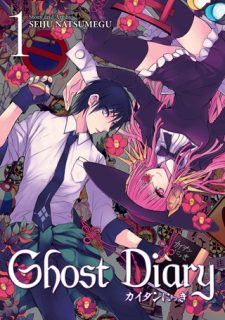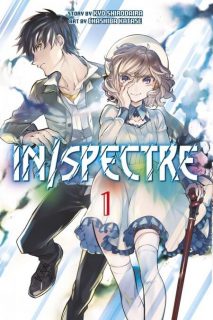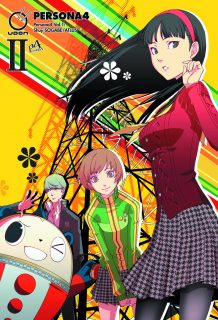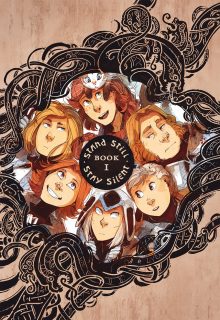It’s that time again! The end of June is quickly approaching, which means the monthly giveaway at Experiments in Manga is now commencing. Summer has most definitely arrived in the Northern Hemisphere and it has been ridiculously hot in some places. One Japanese tradition is to tell ghost stories in the summer hoping that the chilling tales will help beat the heat. And so with that in mind, this giveaway will provide an opportunity to win the first volume of Seiju Natsumegu’s Ghost Diary and Chasiba Katase’s In/Spectre, published in English by Seven Seas and Kodansha Comics respectively. As usual, the giveaway is open worldwide!
Considering my well-established love of Japanese folklore and yokai it might just be wishful thinking, but recently there seems to have been a wave of manga in translation that incorporate traditional Japanese legends, ghosts, spirits, monsters, and so on. (I’m not at all complaining.) Whether they appear as main or supporting elements in a story, even just the promise that they’ll be included is usually enough for me to give a manga a try. Ghost Diary and In/Spectre, two of the more recent manga releases dealing with Japanese supernatural traditions, provide distinctly modern takes on Japanese folklore and mythologies. But while they do share some similarities, Natsumegu and Katase’s approaches are vastly different and the contrasts between the two series can be quite interesting.
So, you may be wondering, how can you a copy of the first volumes of Ghost Diary and In/Spectre?
1) In the comments below, tell me a little about one of your favorite manga about Japanese folklore, ghosts, or urban legends. (Don’t have a favorite? Simply mention that instead.)
2) If you’re on Twitter, you can earn a bonus entry by tweeting, or retweeting, about the contest. Make sure to include a link to this post and @PhoenixTerran (that’s me).
And there you have it! Everyone participating can earn up to two entries and has one week to submit comments. If needed or preferred, those comments can also be sent to me directly at phoenixterran(at)gmail(dot)com. They will then be publicly posted here in your name. The giveaway winner will be randomly selected and announced on July 5, 2017. Good fortune to you all!
VERY IMPORTANT: Include some way that I can contact you. This can be an e-mail address in the comment form, a link to your website, Twitter username, or whatever. If I can’t figure out how to get a hold of you and you win, I’ll just draw another name.
Contest winner announced–Manga Giveaway: Summer Spookiness Winner





